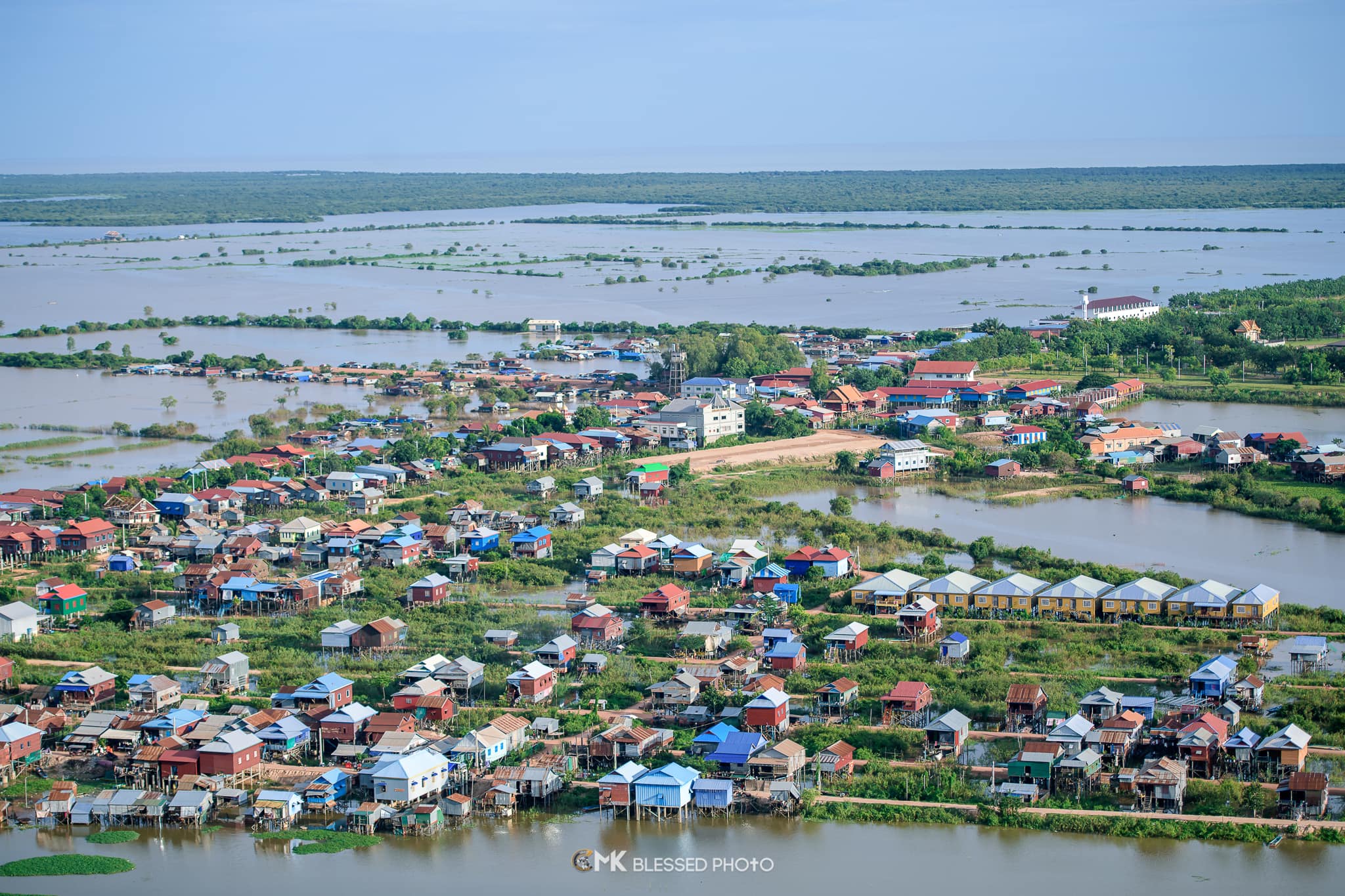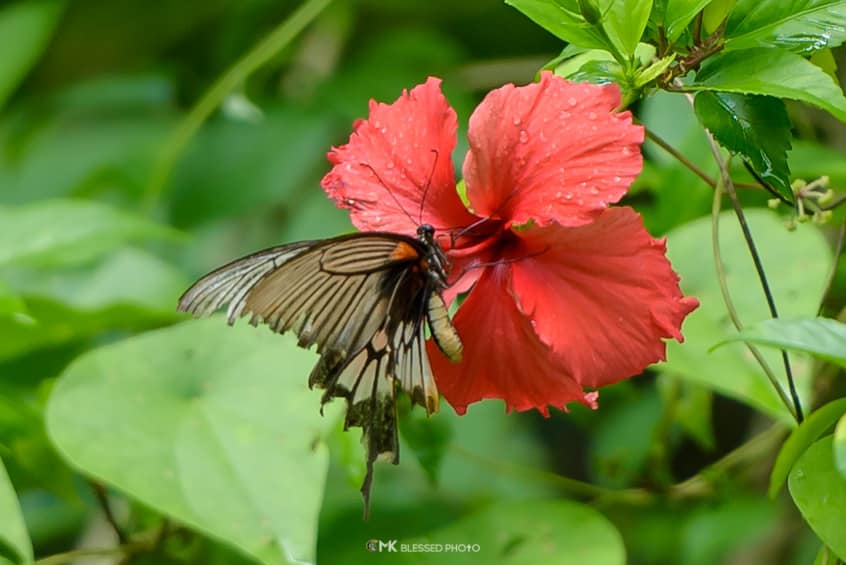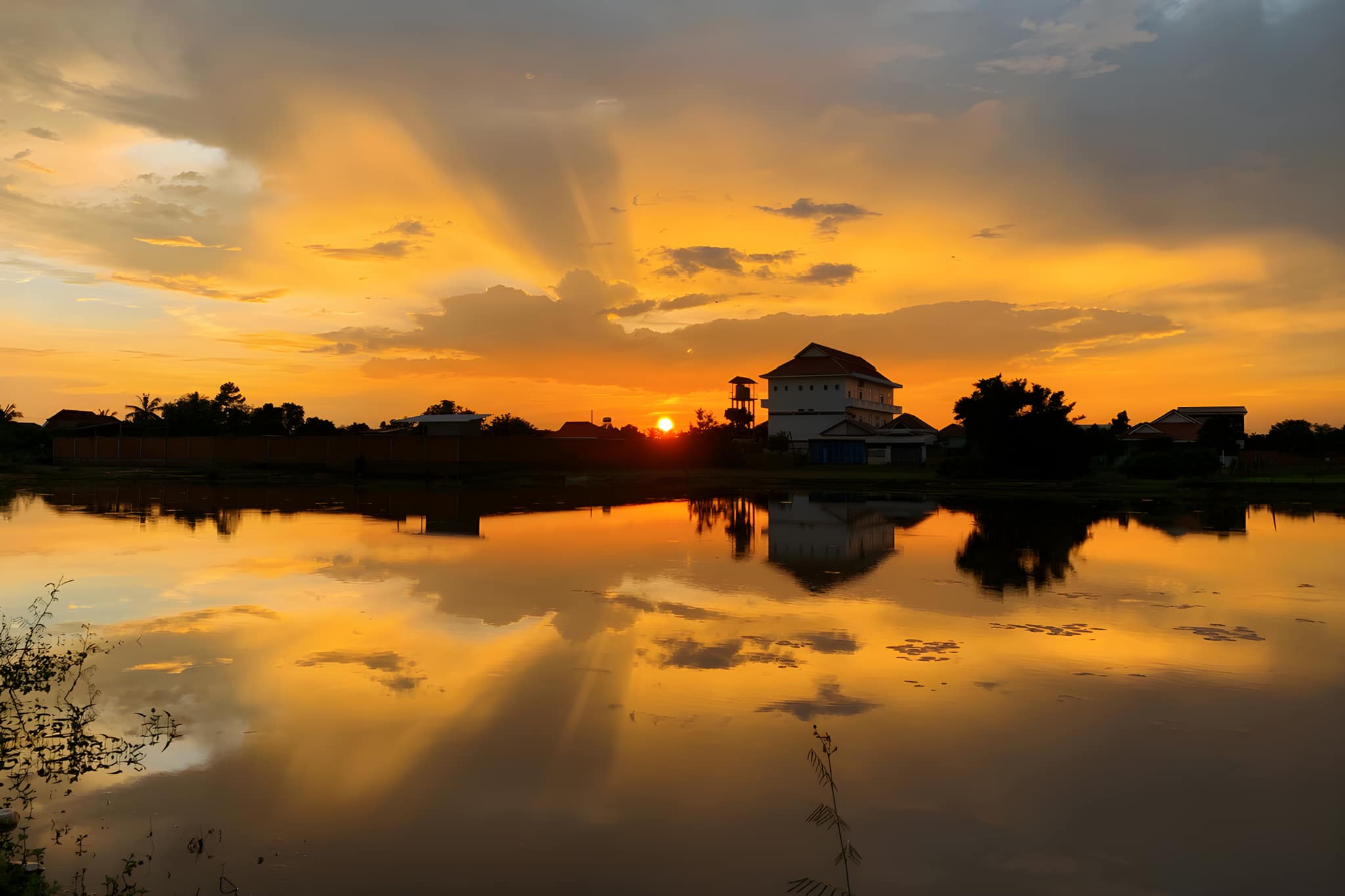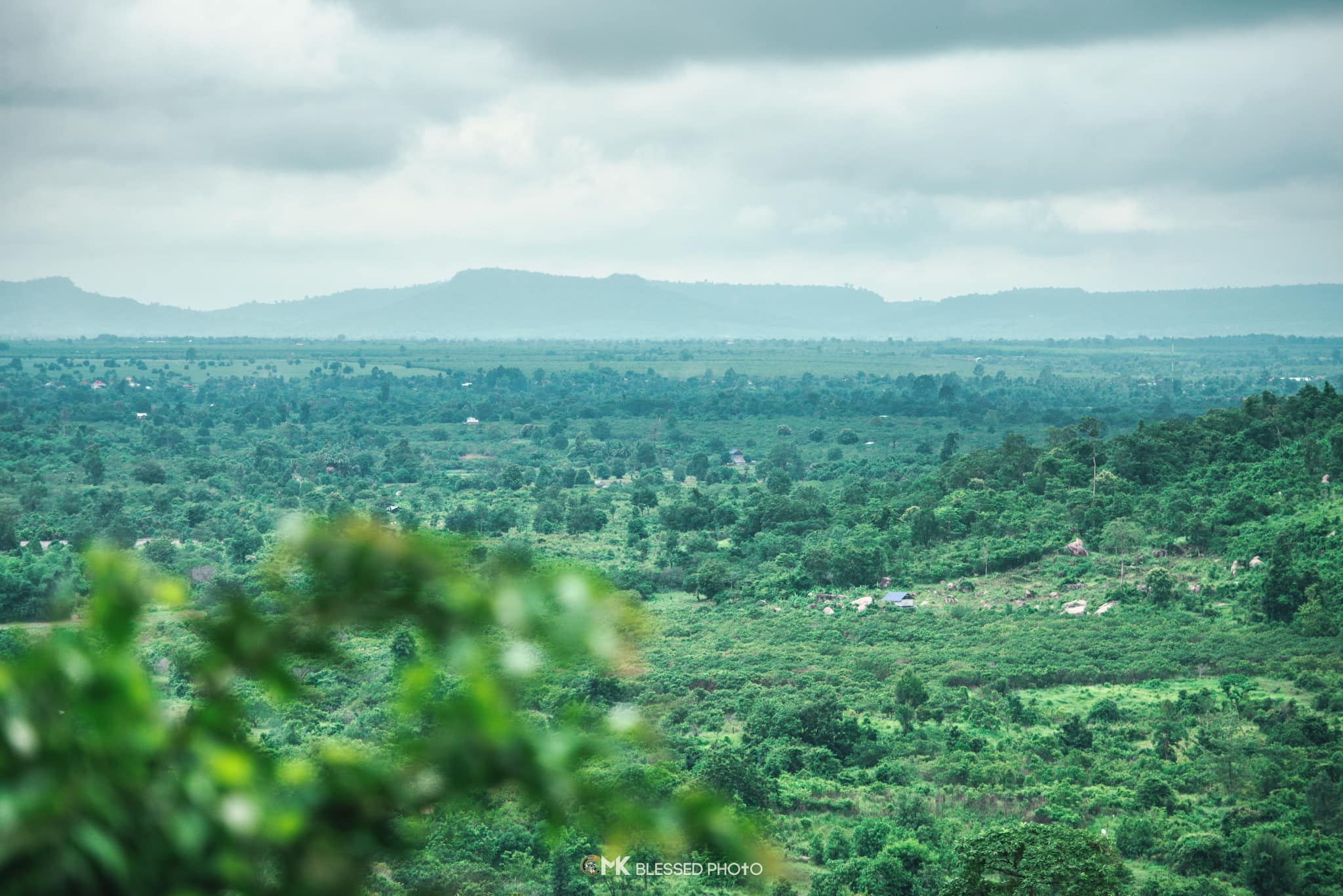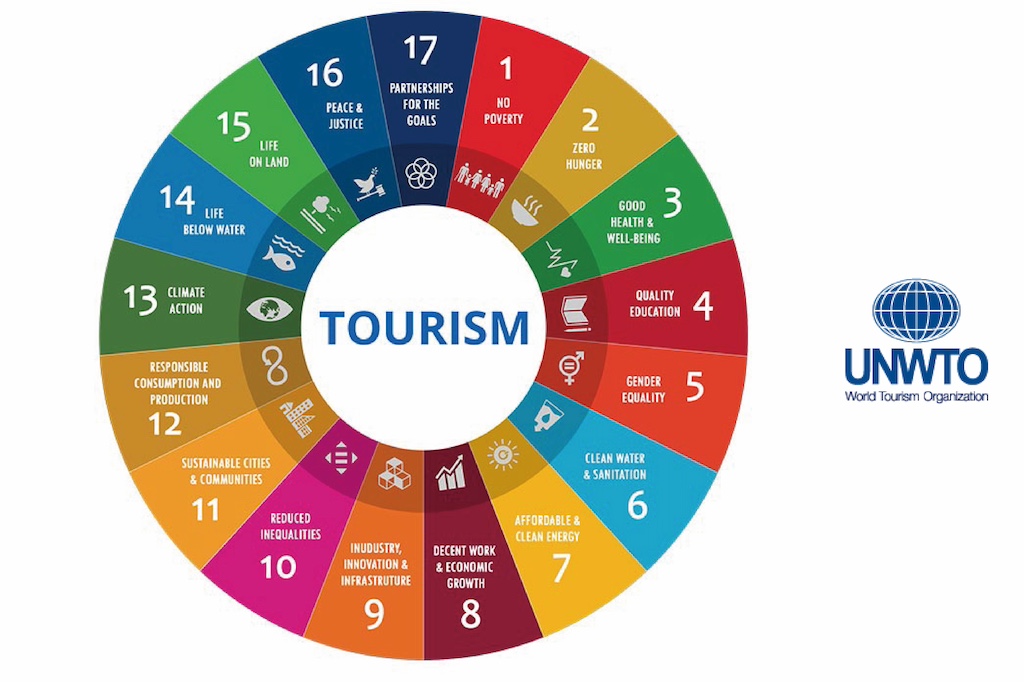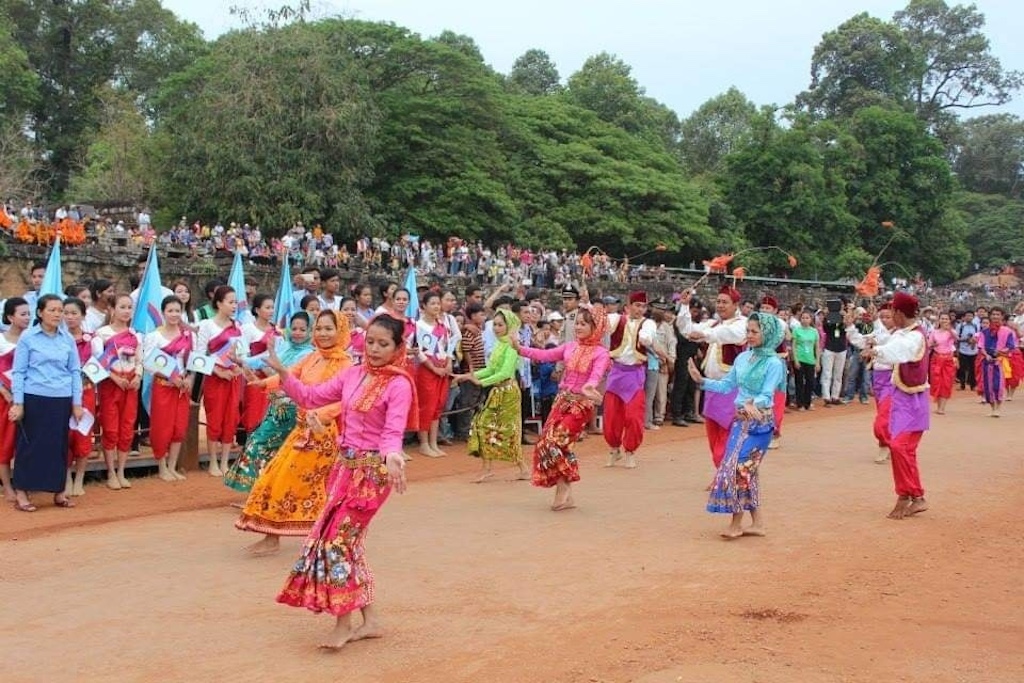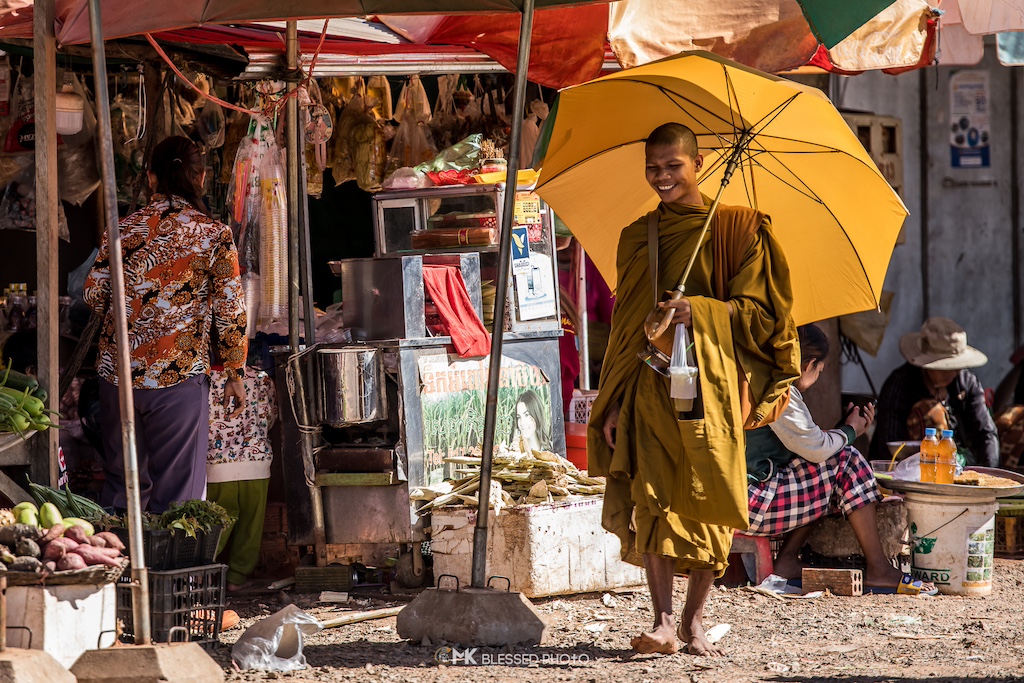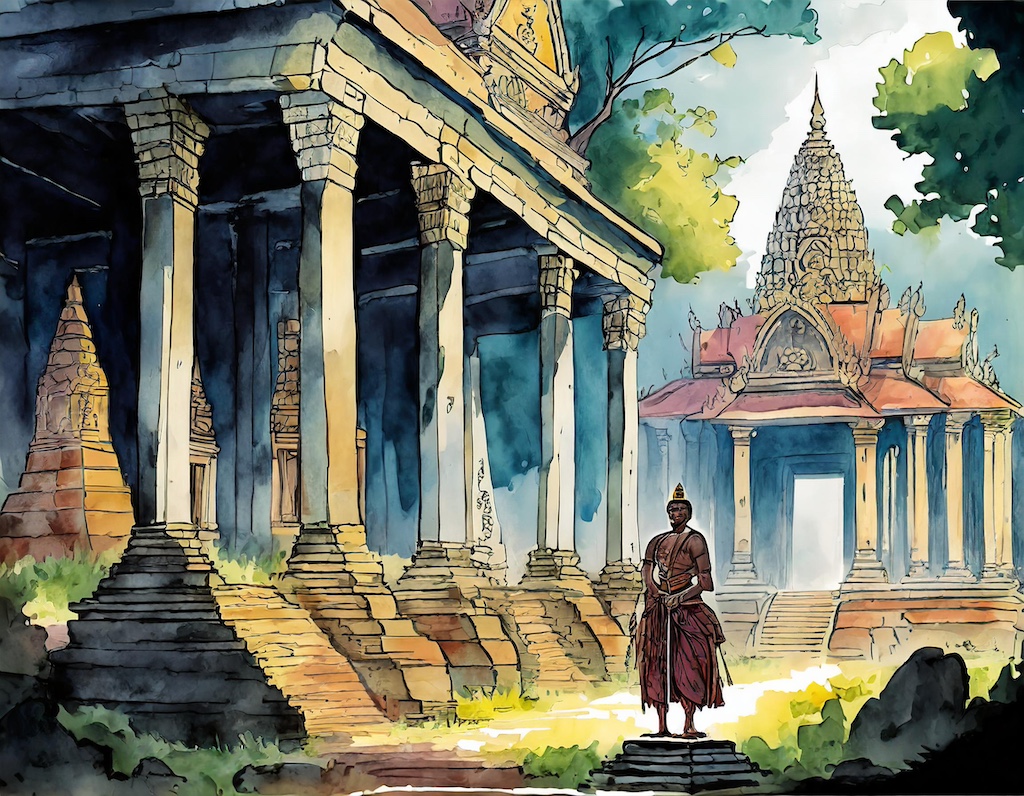(Photos by: MK Blessed Photo & Roma Lim)
Exploring the Diverse Geography of Siem Reap: From Ancient Temples to Natural Wonders
Siem Reap, a province in northwestern Cambodia, is a land of diverse geography that has played a significant role in shaping its history, culture, and current day appeal. Known globally for the Angkor Wat temple complex, the region's geographical features extend far beyond these ancient structures, offering a rich tapestry of landscapes that include lush forests, serene lakes, and fertile plains.
Key Geographical Features of Siem Reap:
- Angkor Wat and Historical Temples:
- Located in the heart of the province, the Angkor region is home to the magnificent Angkor Wat, along with hundreds of other ancient temples.
- The temples are situated amidst a complex hydrological system of reservoirs and canals, showcasing the advanced engineering skills of the Khmer Empire.
- Tonle Sap Lake:
- The largest freshwater lake in Southeast Asia, playing a crucial role in Cambodia’s ecosystem.
- Its unique flood pulse system causes the lake to expand and contract with the seasons, supporting a rich biodiversity and numerous floating villages.
- Kulen Mountains:
- It's historically significant as the birthplace of the Khmer Empire and home to ancient relics and carvings.
- This mountain range to the north of Siem Reap is considered sacred and is a source of many rivers and waterfalls.
- Rice Fields and Agricultural Land:
- The countryside around Siem Reap is dotted with extensive rice fields and agricultural land, which are integral to the local economy and way of life.
- These areas provide stunning scenic beauty and a glimpse into the rural life of Cambodia.
- Biodiversity and Protected Areas:
- The region boasts several protected areas, including national parks and wildlife sanctuaries, home to diverse flora and fauna.
- Efforts are ongoing to conserve these natural habitats and the wildlife that resides within them.
How about as an item for your trip?
 |



